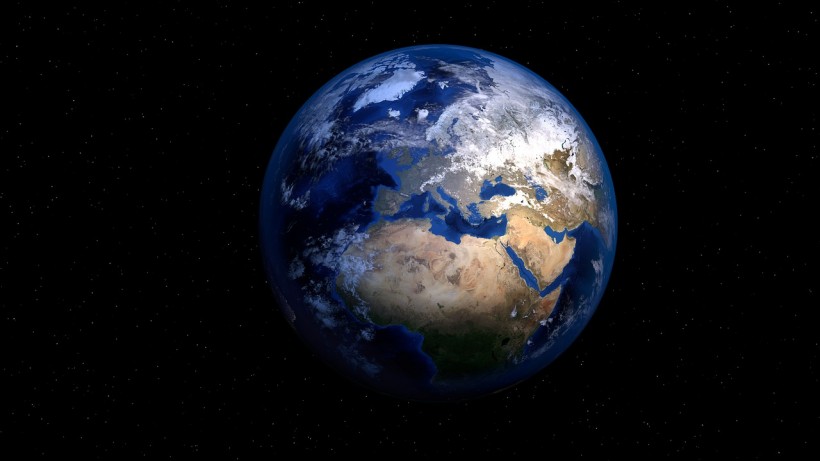The origins of life are a scientific mystery with proposed solutions that have yet to be confirmed. For now, the Earth seems to be the only planet that can host life in the Solar System. But in determining whether this assumption is indeed true or not, factors must be evaluated to see if what could promote life on Earth is also applicable on other planets.
Scientists are trying to learn how life began on planet Earth a long time ago in different conditions than what it is today. It is hard to figure out so they need to learn more about what the Earth was like a long time ago.

Life on Earth: How Did the First Living Organisms Began and Evolved
Life on Earth Began 4.5 Billion Years Ago
Earth is a pretty old planet that is about 4.5 billion years old. According to the University of Chicago News website, scientists think that, by 4.3 billion years ago, the world was ready for life to start. But the oldest fossils that have been found so are only 3.7 billion years old.
Things were tough back then because big space rocks would smash into the Earth and kill any living things. There is not much information about what it was like because there are no samples of very old rocks to look at. But scientists did find a special rock that has a tiny bit of something that living things use. However, they are still unsure if that means there were living things then or not.
Where on Earth Did Life Begin?
As UChicago News reports, scientists think life perhaps started in really hot and bubbly water or near chimneys on the ocean floor that is always shooting out hot water. Some really tough little living things are fond of living in places like that today, like Yellowstone National Park.
But a 2022 study also suggests that it could also have started on little space rocks that hit the Earth a long time ago, and some pieces got stuck in special clay that helps keep things safe.
It is important to know where life comes from so humans can understand more about the universe. Perhaps by learning more about life's origin on Earth, scientists would be able to find extraterrestrial life on other planets too.
READ ALSO: Hydrothermal Vents May Be The Exact Location of the Origin of Life
Important Element of Life
The recipe for life requires consistent energy, organic compounds, and water. Energy comes from sunlight at the surface and geothermal sources on the ocean floor, providing necessary nutrients for survival.
For organic compounds, Live Science reported that the fundamental building blocks of every living being are composed of identical six elements called CHNOPS, which stands for carbon, hydrogen, nitrogen, oxygen, phosphorus, and sulfur.
Lastly, water is a crucial ingredient for life, covering 70% of the Earth's surface. However, it is more likely to be found in objects that formed farther from the sun, leaving scientists to wonder how it got on Earth. One theory suggests that a type of meteorite called carbonaceous chondrites could have acted as a water-delivery system to Earth billions of years ago.
First Animals on Earth
DNA evidence reveals that the first animals evolved approximately 800 million years ago and were made up of specialized, cooperating cells, according to the National Museum of Natural History. Sponges were among the earliest animals, and evidence suggests they developed even earlier, with chemical compounds from sponges being preserved in rocks as old as 700 million years.
Despite low oxygen levels in the ocean at the time, sponges were able to tolerate these conditions and fed by extracting food particles from water. They also became the first reef builders on Earth, and scientists are working to understand the evolution of the thousands of sponge species that exist today.
RELATED ARTICLE: Chemistry Behind the Origin of Life: Researchers Uncovered the Mechanism for Peptide-Forming Reactions in Water
Check out more news and information on Biology in Science Times.


![Humans Will Go Extinct on Earth in 250 Million Years; Mass Extinction Will Occur Sooner if Burning Fossil Fuels Continues [Study]](https://1721181113.rsc.cdn77.org/data/thumbs/full/53373/89/56/50/40/humans-will-go-extinct-on-earth-in-250-million-years-mass-extinction-will-occur-sooner-if-burning-fossil-fuels-continues-study.jpeg)











